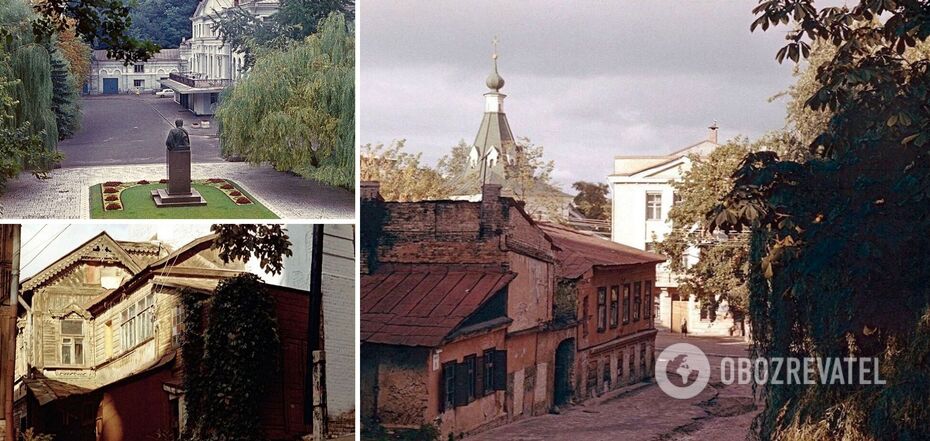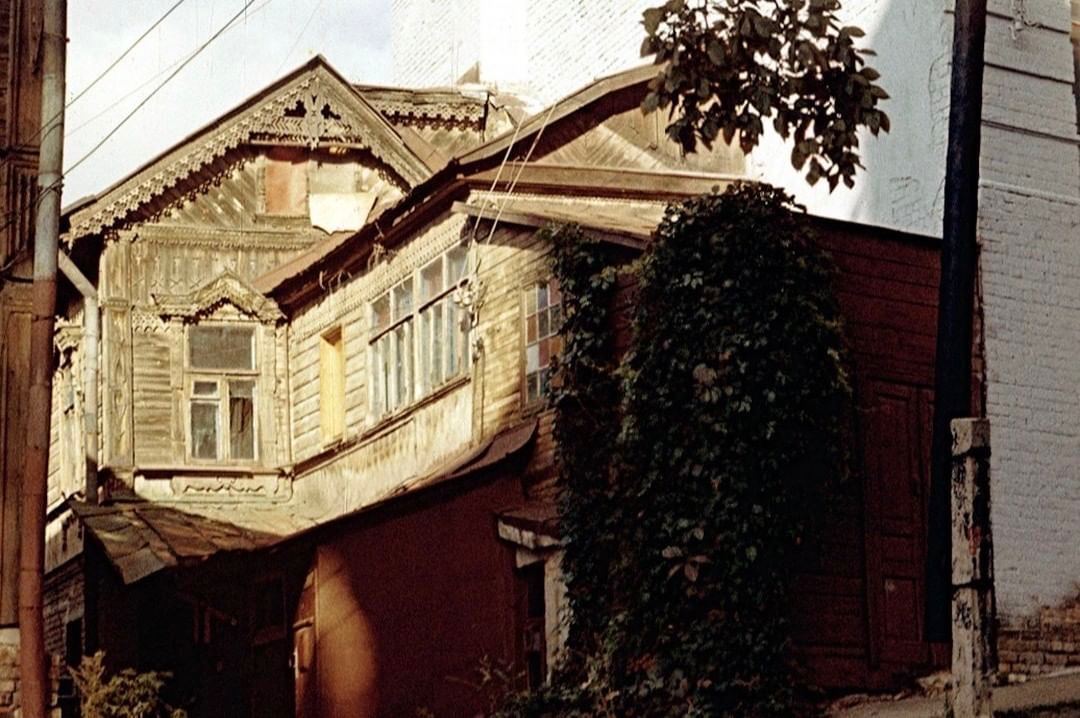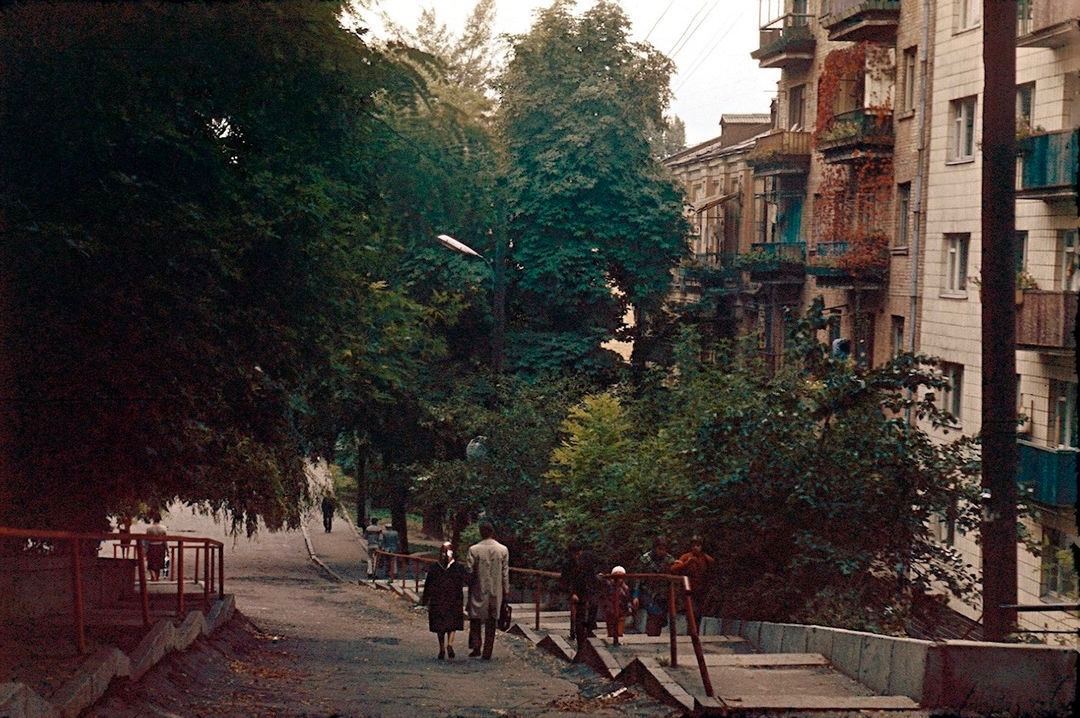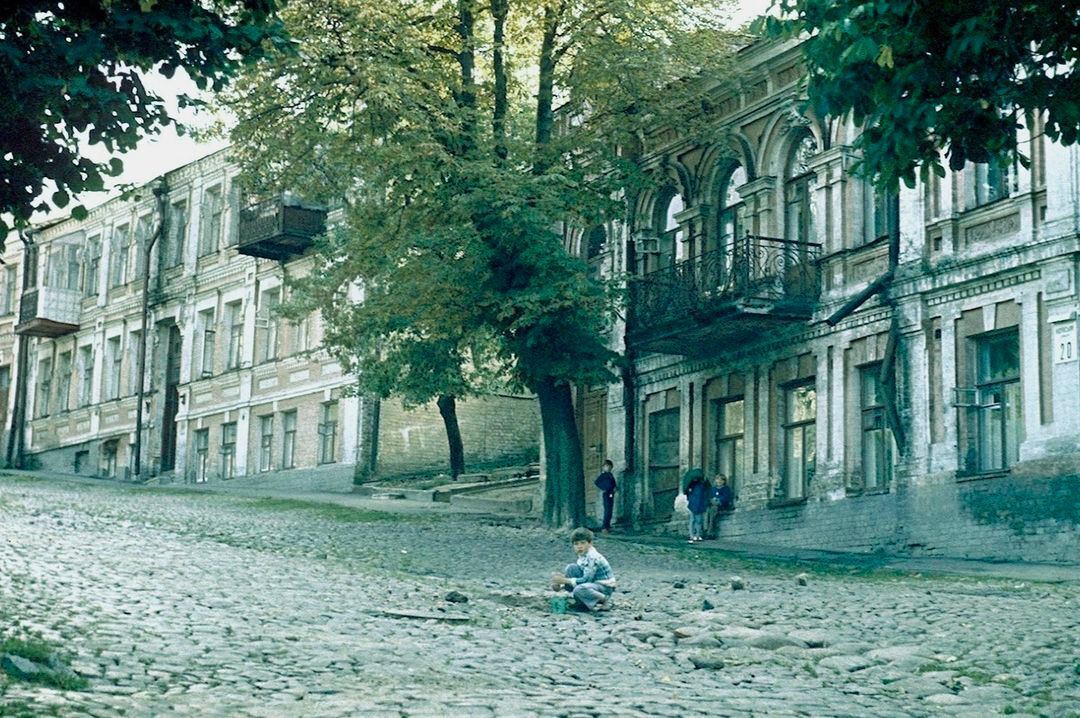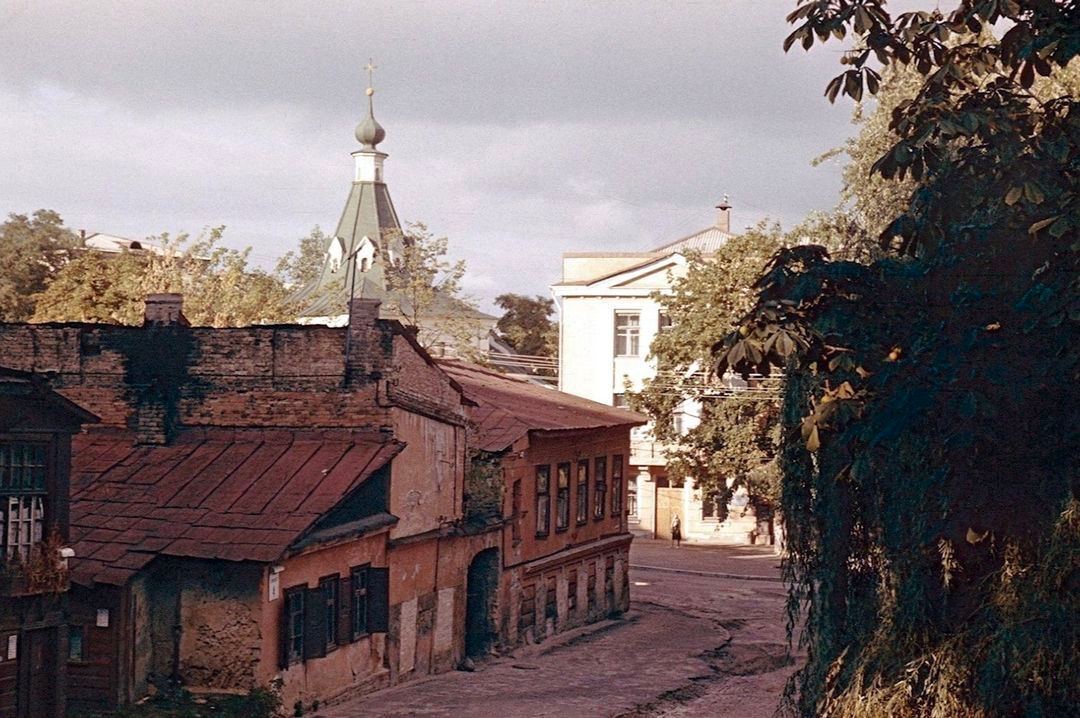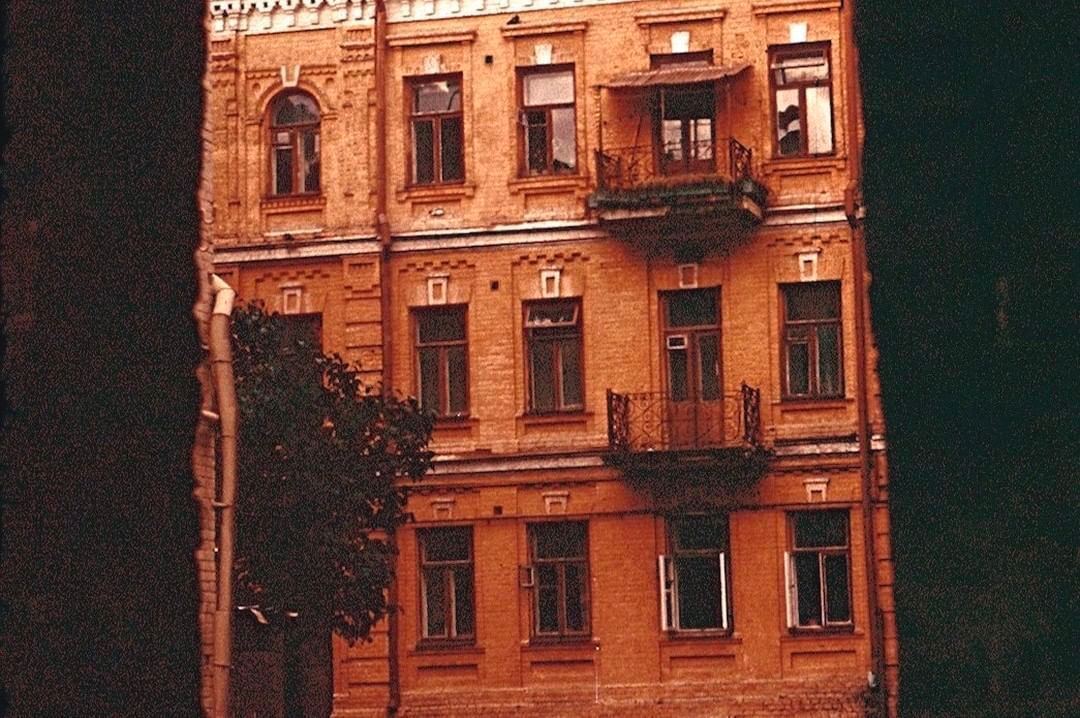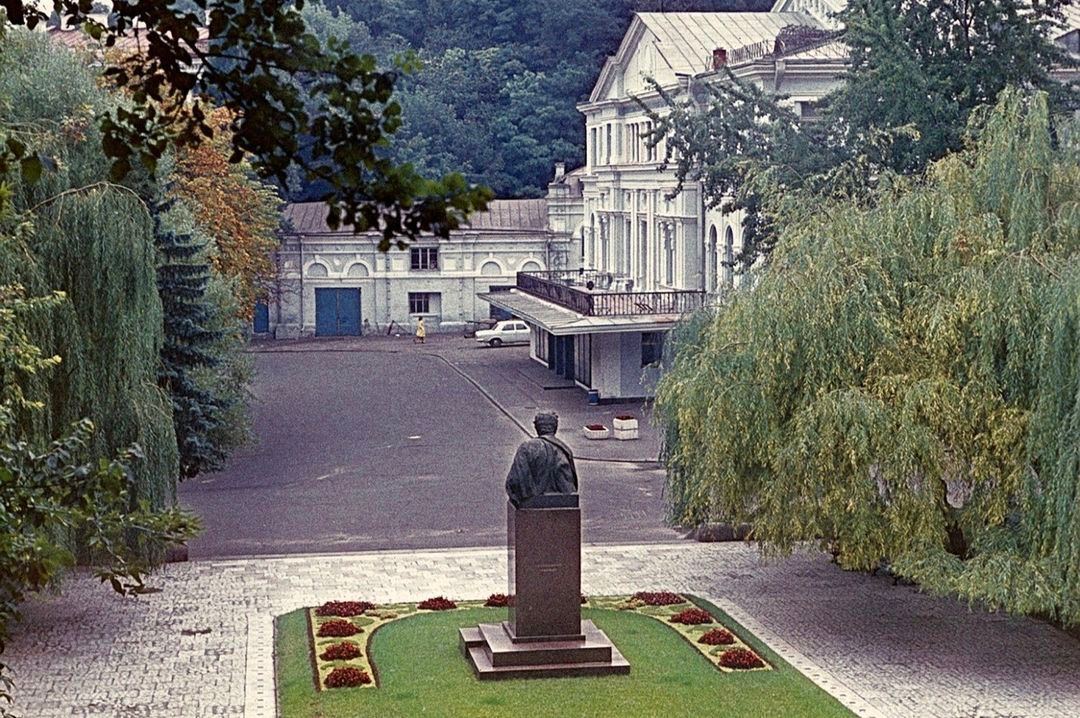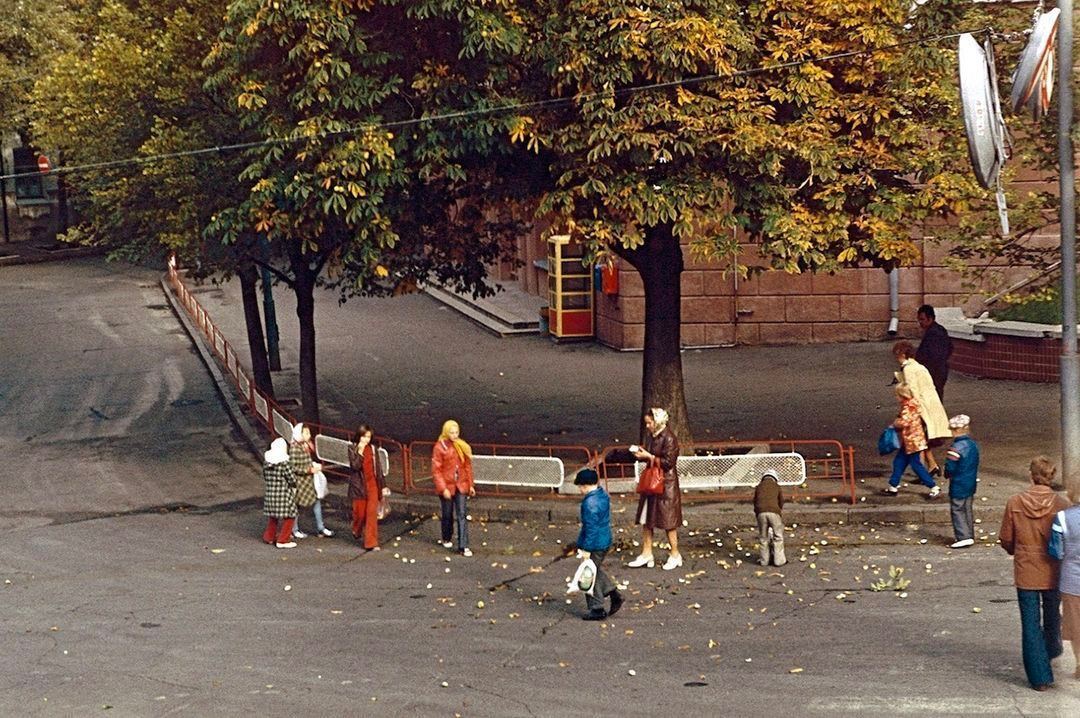Life
The network showed how an English tourist saw Kyiv in the 1970s. Archived photos
Kyiv has always attracted tourists with its beauty, greenery and islands of old architecture. In the 1970s, the capital of Ukraine was visited by a visitor from Great Britain, who used his camera to preserve for us the views of the city as he saw it.
A unique photo of that period was published on the page of the "Native Kyivan Club" community in the social network Instagram. Unfortunately, most of the buildings in the pictures have not survived to this day.
"Kyiv in the 1970s. Through the eyes of an English tourist," the post reads.
In the published photos you can see Podol, old houses of the capital, as well as Andriyivsky Descent.
Recall that in 1970, as a result of a large rise in the water level of the Dnipro River in Kyiv, Hidropark was completely flooded. In addition, the locals were forced to take shuttles among their houses to Rusanovka Gardens.
In the late 1940s, a large part of today's Obolonsky district was still undeveloped with high-rise buildings. In the place where today the park "Natalka" and the embankment are located, the owners of private houses used to pasture cattle.
As OBOZREVATEL reported, the Jewish bazaar in Kyiv, better known as the Eubaz, was one of the most famous and popular bazaars for many generations of the capital's residents. The place where you could buy anything you wanted was photographed in 1935 by an unknown amateur photographer.
Only verified information in our Telegram-channel Obozrevatel and Viber. Do not be fooled by fakes!


